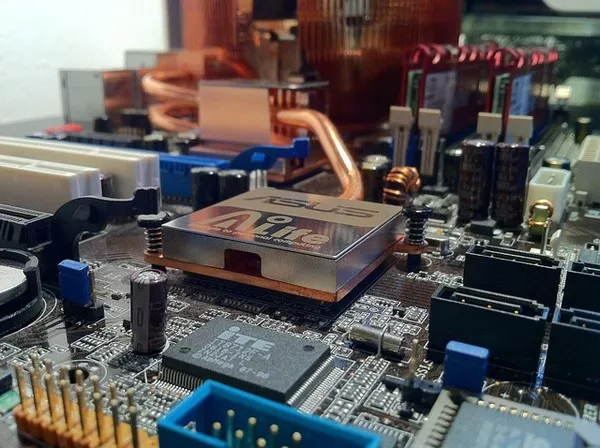Recent headlines have highlighted alarming safety incidents within the industrial manufacturing sector, underscoring the critical importance of maintaining a robust safety culture. From reports of workers being required to stand on forklift tines to fatal accidents at tank cleaning businesses, these incidents serve as stark reminders of the ongoing challenges in ensuring workplace safety.
Despite the technological advancements and innovative products showcased at events like the International Manufacturing Technology Show (IMTS), the industry continues to grapple with embedded safety issues. Deloitte’s research revealing public perceptions of manufacturing jobs as lacking in interest, reward, cleanliness, safety, stability, and security further emphasizes the urgent need for a concerted focus on safety practices.
As companies explore and adopt cutting-edge industrial technologies, it is imperative to prioritize comprehensive training programs and rigorous safety assessments. Common OSHA violations related to hazardous energy control, machine guarding, fall protection, eye and face protection, powered industrial trucks, respiratory protection, and hazard communication persist annually, pointing to persistent gaps in safety protocols.
While advanced technologies can enhance safety measures by incorporating sensing devices and emergency stops, it is essential to recognize that no equipment can completely eliminate all risks. The transition to new systems poses heightened risks, particularly during the initial learning phase, as retiring Baby Boomers pave the way for new talent with varying levels of safety awareness.
The stagnation in addressing recurring OSHA violations suggests a need for a proactive shift towards improving safety practices industry-wide. As manufacturing facilities integrate state-of-the-art automation and technology, it is crucial to conduct thorough safety assessments to identify and rectify potential hazards that could jeopardize both employees and investments.
In light of these challenges, industry leaders are urged to bridge the gap between standard practices and the stark realities captured in headlines, emphasizing the paramount importance of prioritizing safety in every aspect of manufacturing operations. The evolving landscape of automation and technology presents a pivotal opportunity for companies to elevate their safety standards, safeguarding both their workforce and their future endeavors.

